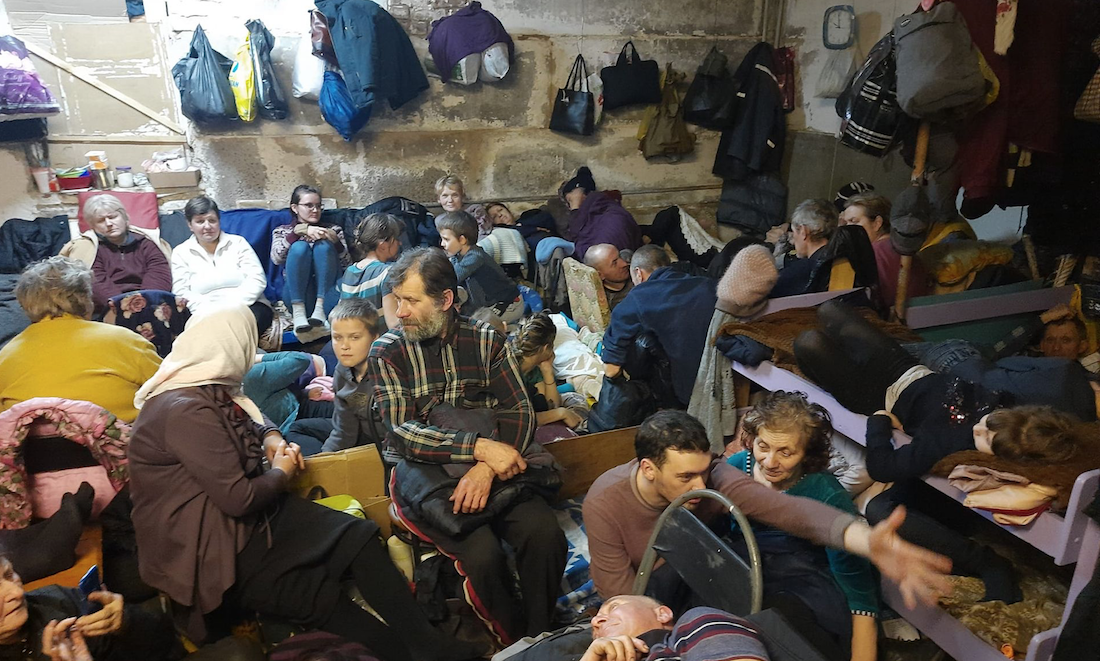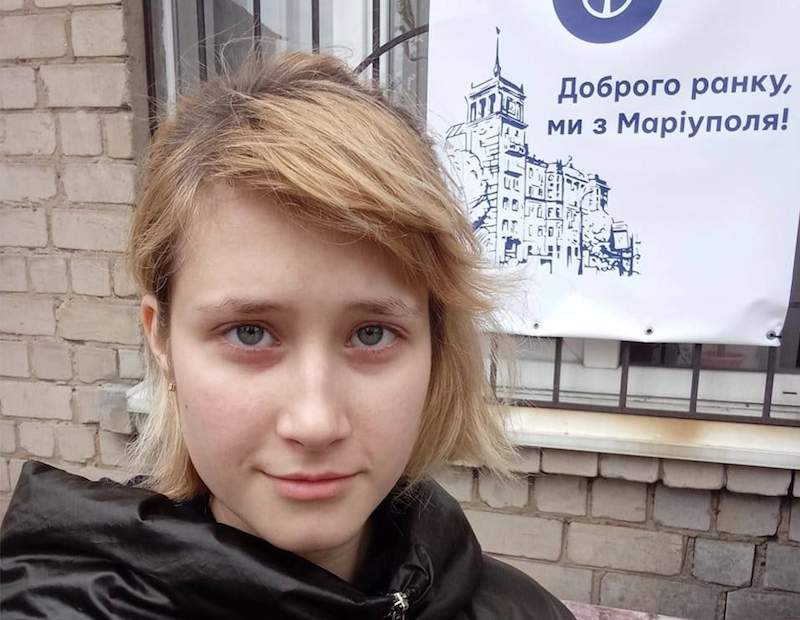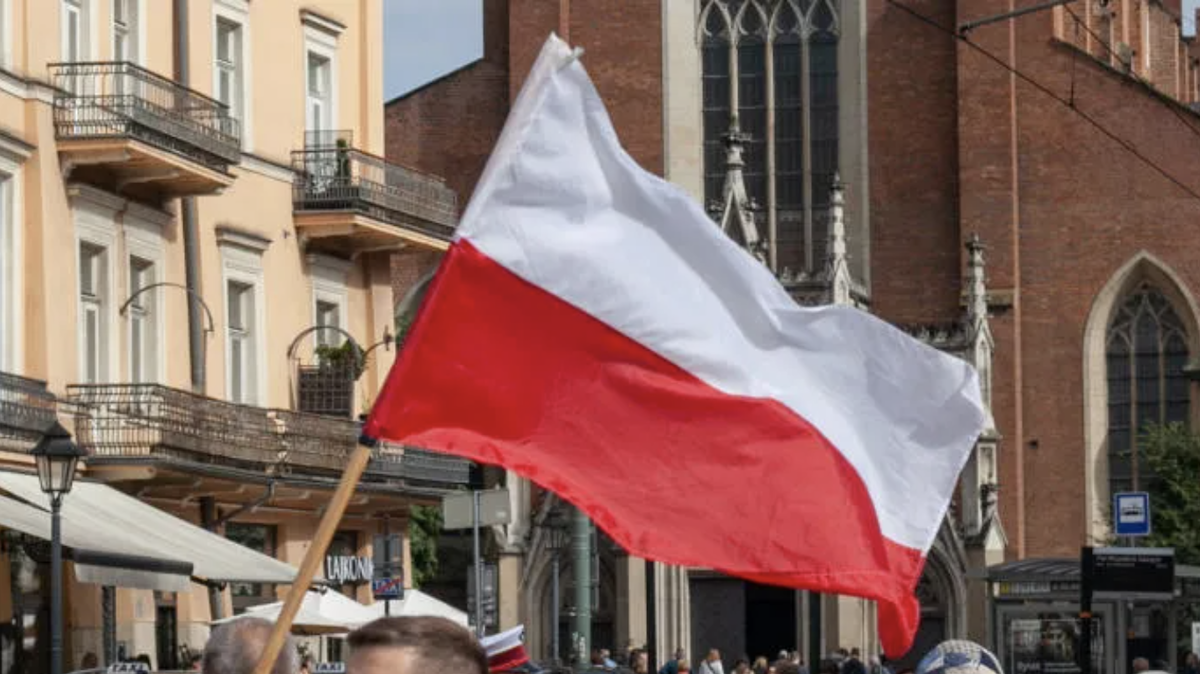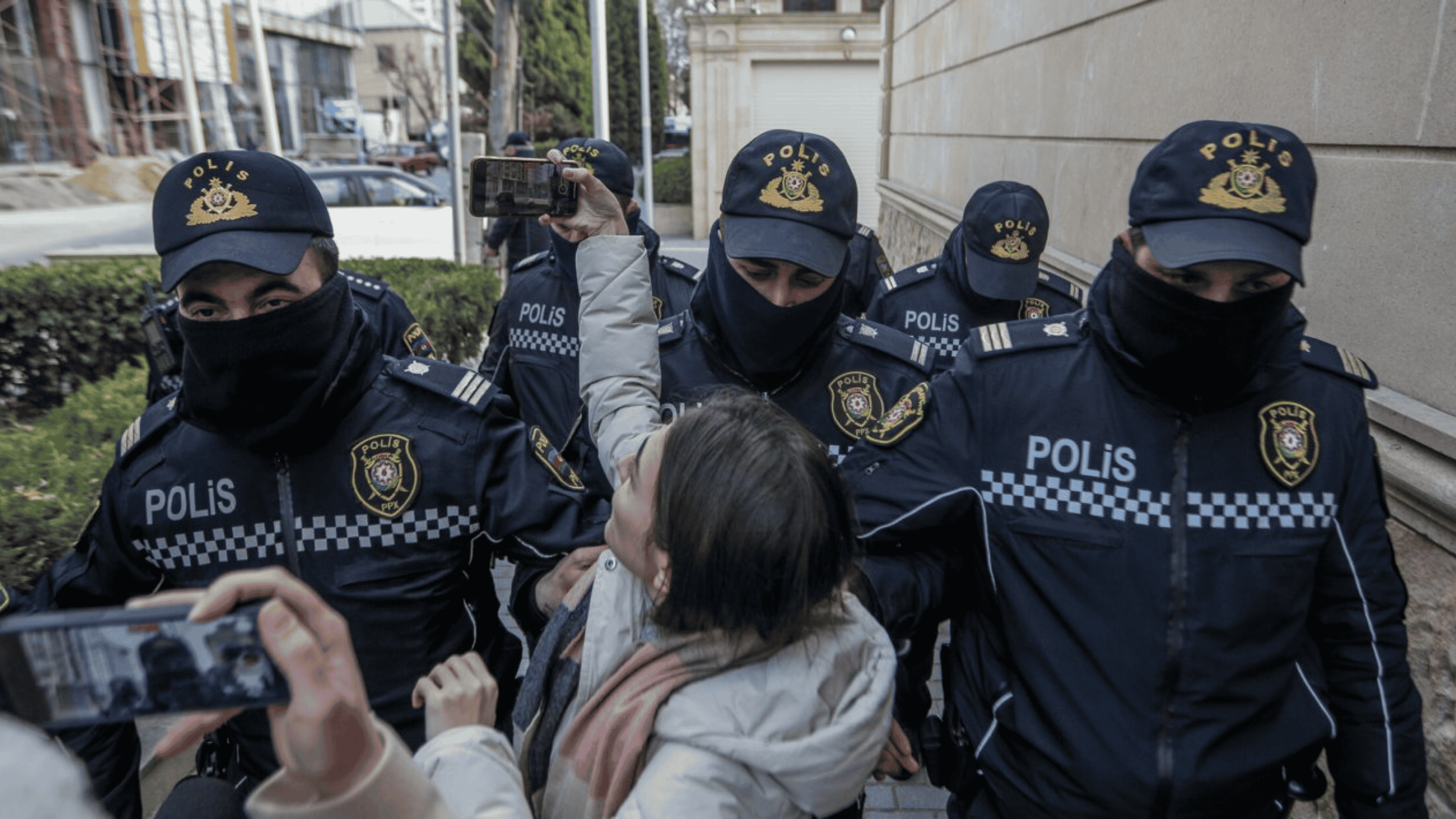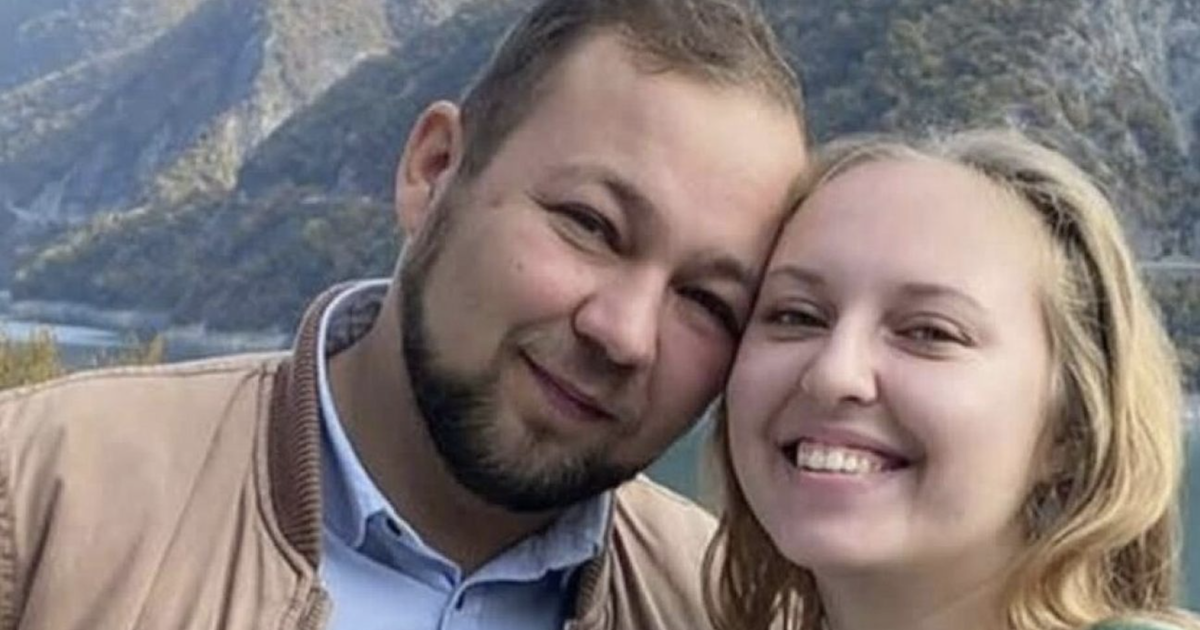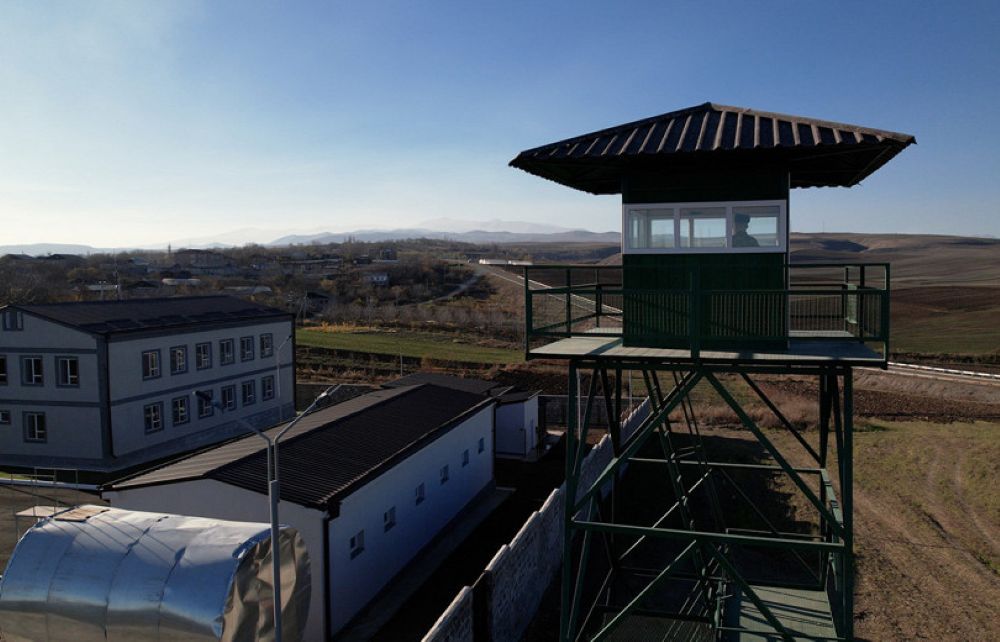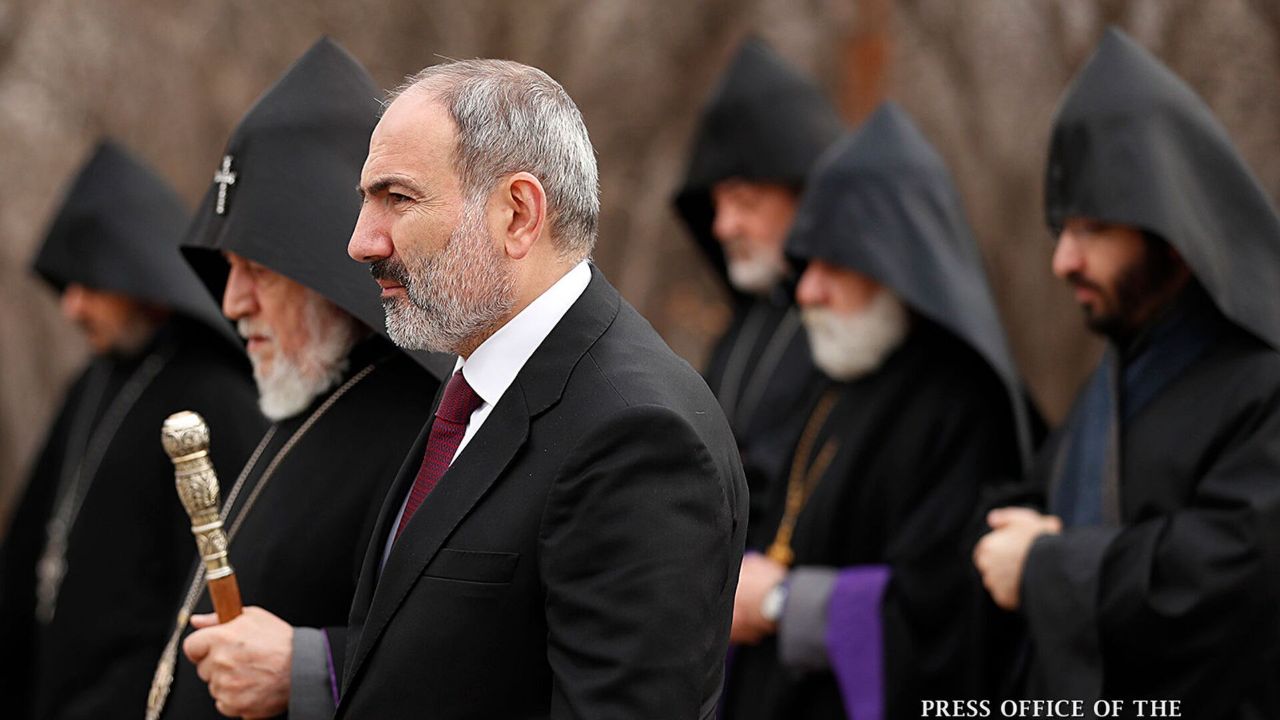Bucha a month after liberation: relatives still try to identify bodies of their loved ones
The Ukrainian city of Bucha a month after the liberation
The city of Bucha, near the capital of Ukraine, became infamous throughout the world for the massacres of civilians during the Russian invasion of Ukraine. A month has passed since the departure of the Russian troops, but the process of searching and identifying the bodies is still ongoing. In its report, the Ukrainian publication Hromadske tells how the city, destroyed and devastated by the war, is returning to peaceful life.
The yellow Bogdan, about a third filled with people, stops at a checkpoint. A military man with a machine gun comes in and quickly checks if everyone has their passports with them – he does not look for registration or any special marks in the documents.
Further `along, the minibus carefully drives along the only intact, but strongly inclined lane left from the bridge over the Irpen – and that’s it, you are in Bucha.
The main place in the city is the mortuary
The first point of travel in Bucha is the local morgue, located on Polevaya Street, almost in the center of the city. This is a key place: bodies are brought here from all over the region, not only from Bucha.
There are two tents in the courtyard of the morgue: one serves as an information center where volunteers communicate with relatives of the missing, and the second is a place pathologists and investigators rest.
Even a month after the liberation of the city, there is enough work with the bodies. There are eight packages in the courtyard at the entrance under the open sky, from time to time new bodies are taken out of the refrigerator for examination.
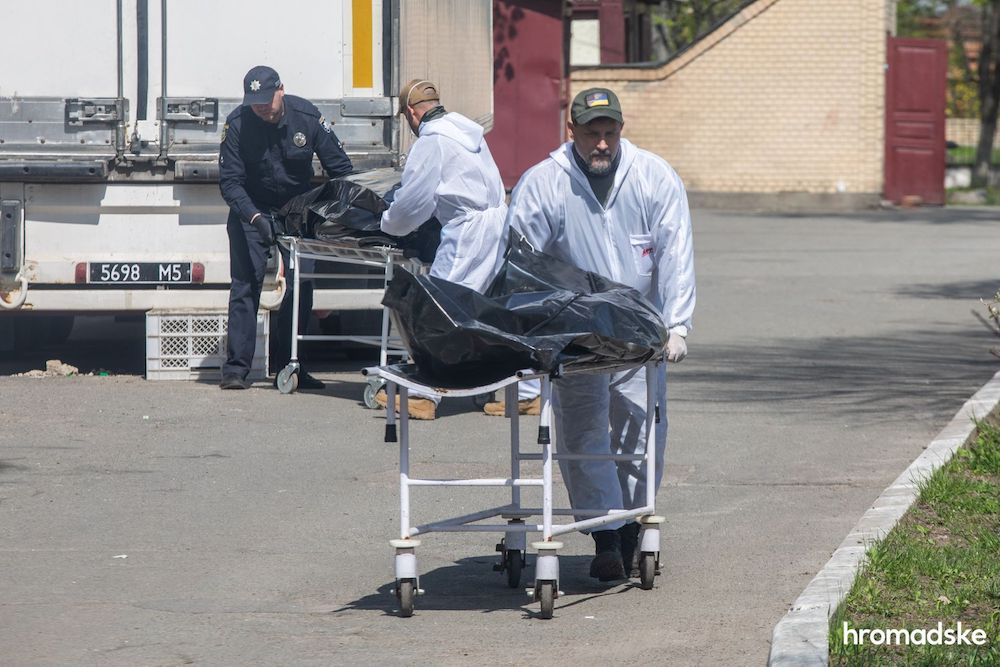
“People come if they haven’t found the bodies of their relatives yet. We interview everyone, make an application. We have people working specifically to compare photographs and descriptions of the deceased. They are trying to find them. If there is a match, we call and tell relatives. If we cannot find a match, then we say that we are still working on it. There are still burnt bodies, and we will carry out DNA tests on them”, says Galina Vezhichanin, deputy head of the Center for the Provision of Administrative Services. She accepts applications from people who are looking for their relatives and friends among the dead
The woman says that they bring a lot of tortured people who died from torture. From the stab wounds, broken teeth, twisted face, in addition to the already traditional bullet wounds, even a non-specialist can understand that these people were dying in agony. But experts are working with the body of each deceased, and until they complete the work, relatives will not be able to take the body for burial.
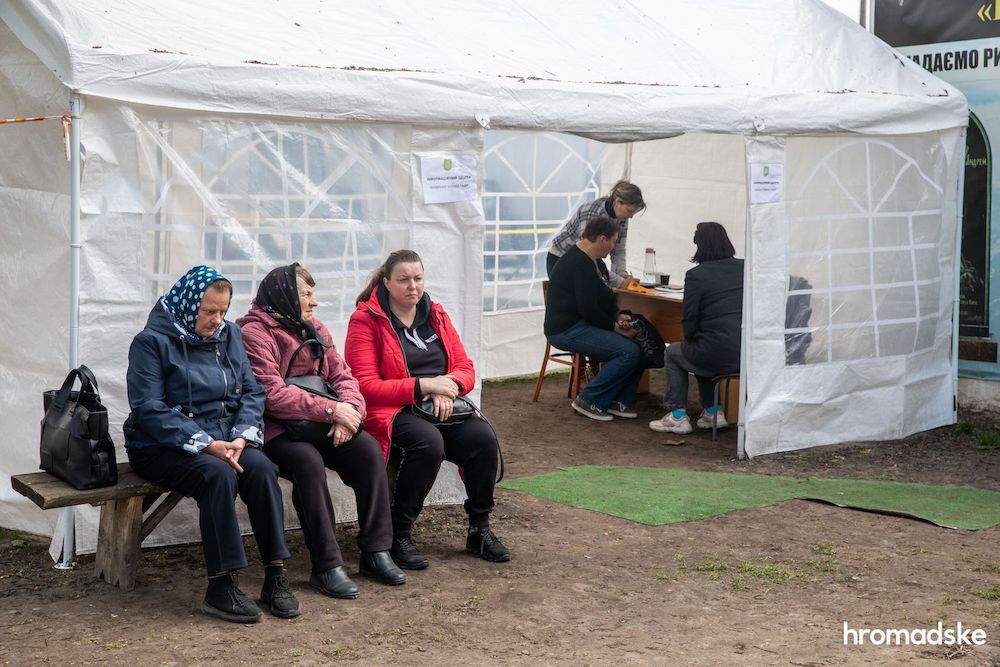
During the identification, relatives are not shown the body itself – only photographs, crisis psychologist and psychotherapist Anna Dolid says.
In addition, if a person is weakened, the identification process can be verbal: when a specialist, in a conversation with a relative of the deceased, lists all possible details, but tries not to show a photograph of the body until he is sure that this is exactly the deceased who is being sought.
The very fact of exhumation, as the therapist says, can also be traumatic for the relatives of the deceased: the already buried body is taken out of the ground and can be kept for examination for several weeks. And relatives not only cannot say goodbye to the deceased, but also live in fear of the body being lost and getting mixed up.
Work with bodies goes on as if on an assembly line. A body can be put on a gurney, it can be left right on the ground at the entrance to the morgue. Special tags are attached to identified bodies.
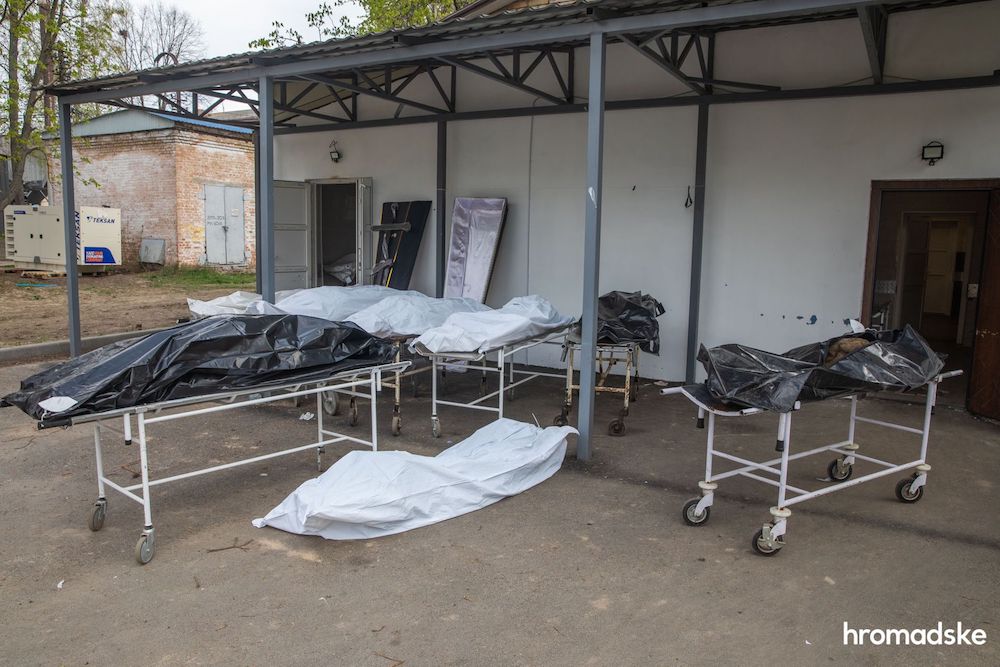
Alexander Khomenko / hromadske
According to Anna Dolid, only about 20 percent of the people who came to the morgue could not find their relatives here. These twenty percent, most likely, are either in captivity or buried somewhere, and no one has found their remains.
Now the city authorities are forming a service that will provide psychological support to the victims after the funeral of their relatives.
In total, according to Lyudmila Denisova, Commissioner for Human Rights of the Verkhovna Rada, 412 bodies of tortured and murdered residents were found in Bucha. In general, as of April 29, 1,187 bodies of civilians have already been found in the Kyiv region.
At the same time, the office of the Prosecutor General named the first ten servicemen of the 64th separate motorized rifle brigade of the Russian ground forces involved in the atrocities in Bucha.
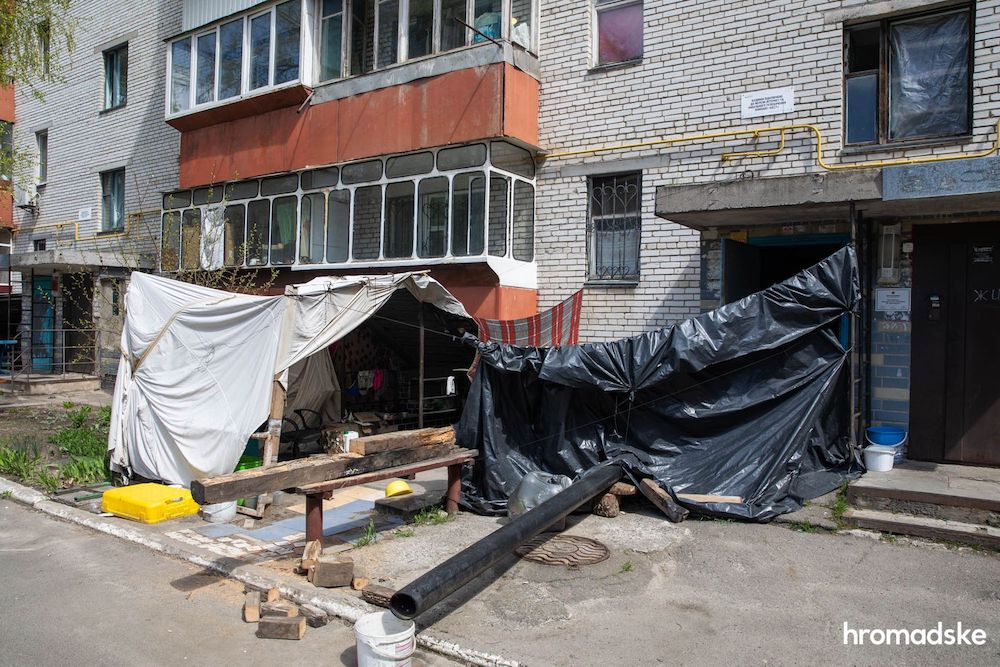
“They wanted to shoot me for the Ukrainian flag”
The street kitchens in the Bucha courtyards have not yet been taken apart. Sometimes because people are still preparing meals there to save on utilities, sometimes because of the fear that the war might return.
Near one of these kitchens, I met a man. He refused to introduce himself, spoke reluctantly and admitted that he could very well be on this list of the dead.
“I was brought out to be shot because I had the flag, the coat of arms of Ukraine and a photograph of me with the ATO military. The neighbors begged them to spare me, my mother was almost on her knees. Because we are only two guys left here, the rest are pensioners”, the man says. He believes that the Russians knew in advance where to look for the suspects: when they seized the military registration and enlistment office, the prosecutor’s office, the police, they took out all the documents from there for verification.
“Phones were taken away from us, cards were broken, we have no funds. Now you need to go home, cook, and then how to pay for these electricity and gas? We must somehow go to Kyiv to restore the cards. Phones were brought to us by volunteers, but we need to memorise the numbers. I don’t remember my number or my mother’s”, the man adds.
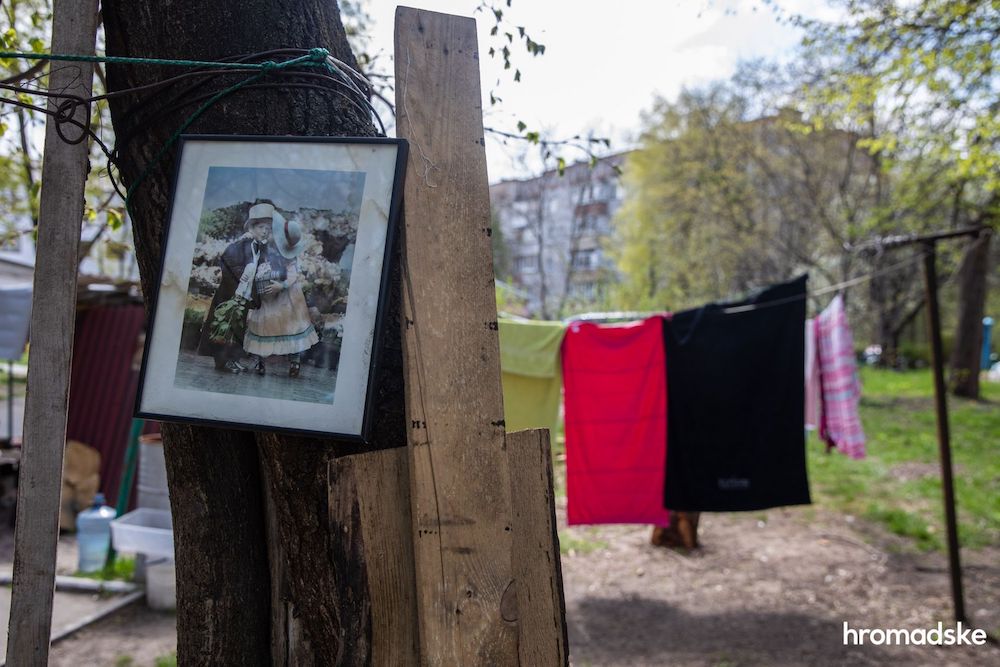
Bucha literally blossomed and noticeably came to life during the month of freedom. But a full recovery is still very far away. Electricity, gas and water were returned to almost all the houses where they could be returned.
But not a single large store in the city is open, so that trade is mainly carried out on the street. And the purchasing power of people is not great – even pensions are not yet available to them simply because not a single bank is working. There is simply nowhere to withdraw money.

There are four or five places in the city where you can get humanitarian aid, but its flow has already noticeably decreased, and now these centers are more likely to work alternately – several days a week.
In the gym of one of the schools, a center has been set up for storing and receiving clothes that are sent as humanitarian aid. A woman sits at the entrance, writes down all visitors in a special log and checks passport data.
She says that in early April, two hundred people a day came here, and now there are fewer and fewer. Her journal entries show that in the first half of the day on April 30, only 17 visitors came for clothes, mostly elderly people. It was the last working day of the center.
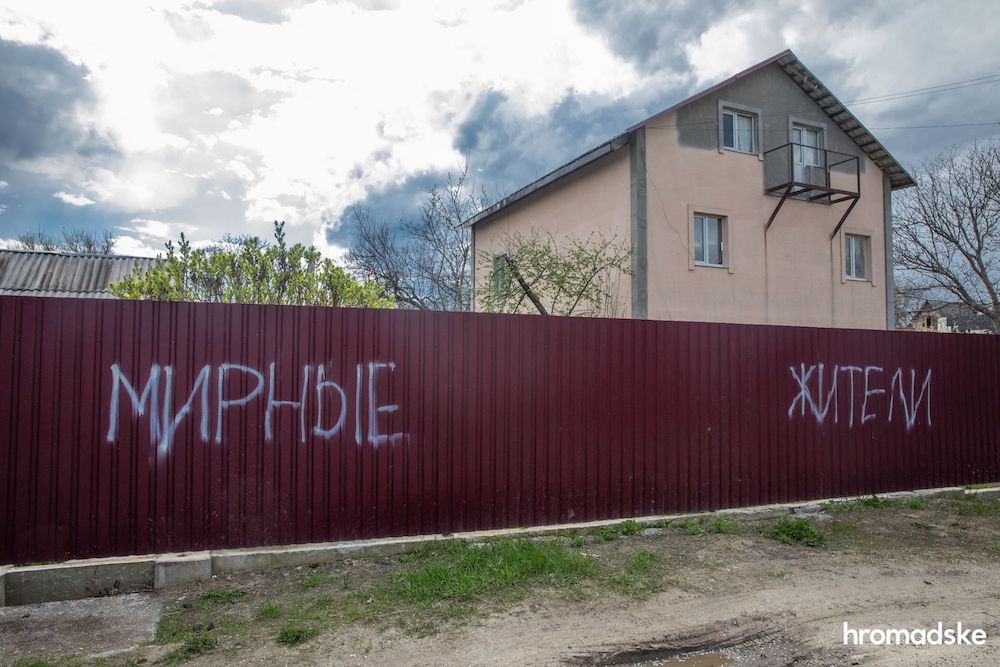
It is still hard to say when Bucha will be able to return to normal life. Even Kyiv, which suffered much less, a month after the retreat of Russian troops from the capital, lives at half strength and is waiting for the possible return of the war.
However, news about the resumption of work of individual institutions in the satellite cities of Kyiv appears almost every day. Although recovery and overcoming injuries and losses will be much more difficult.










